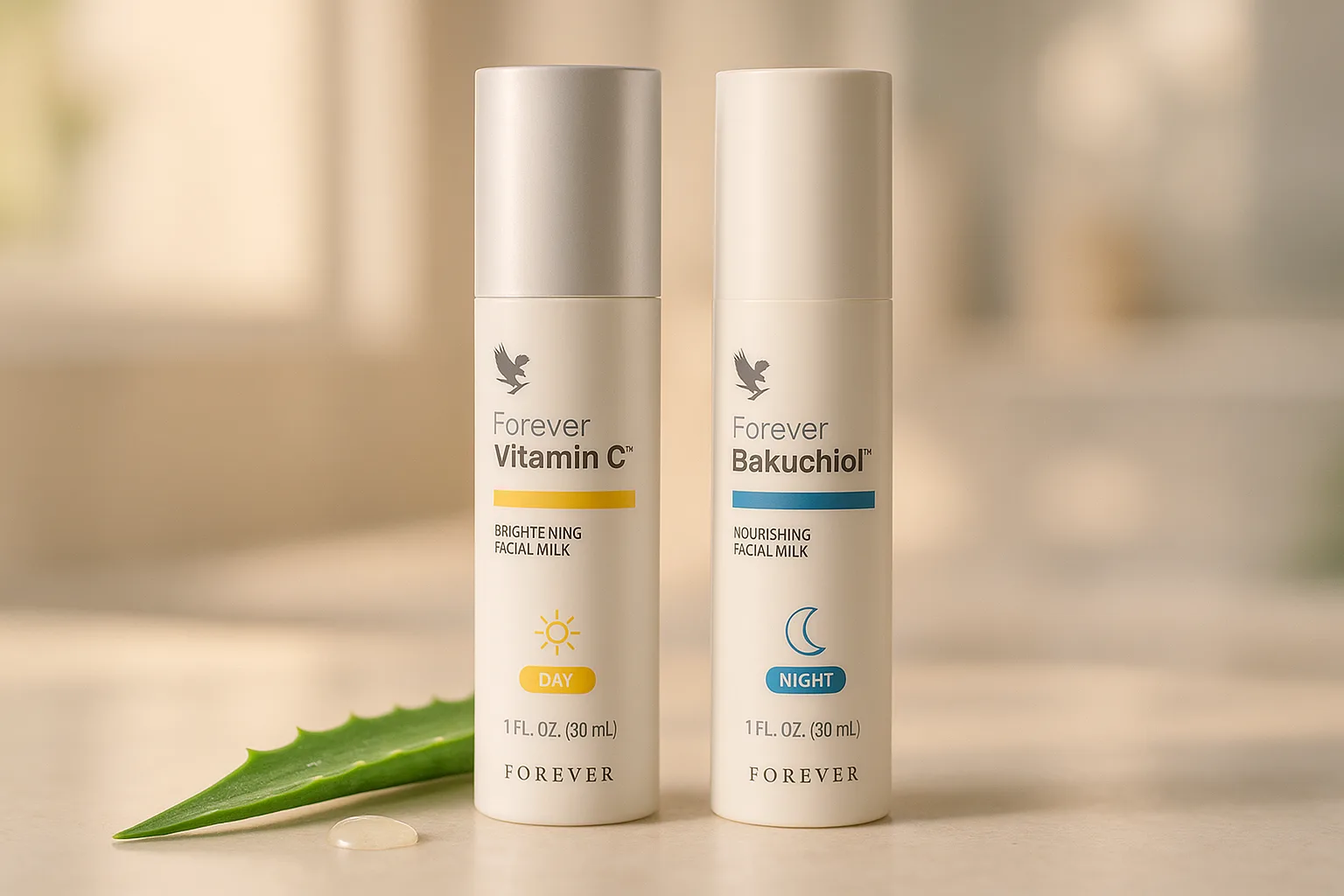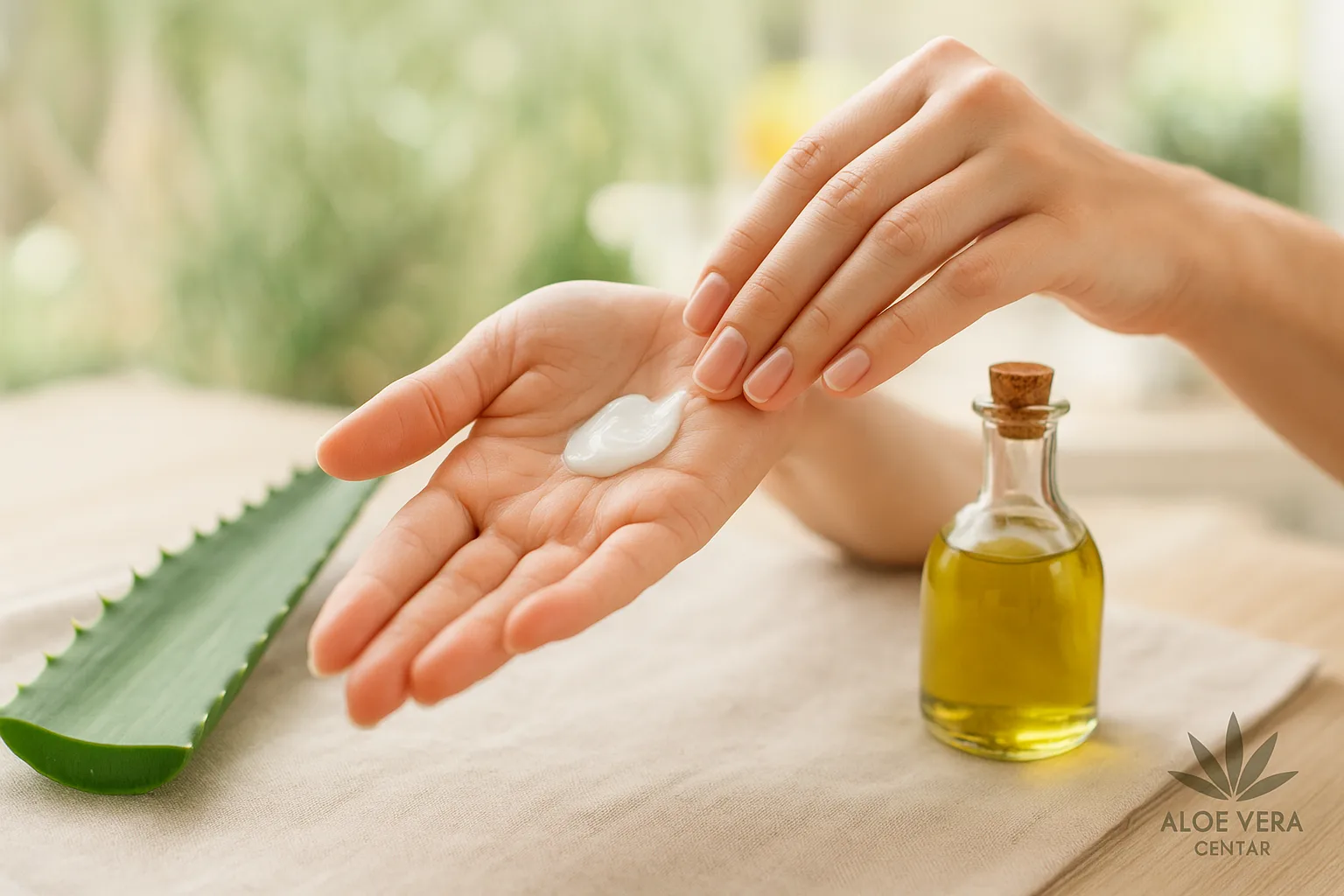
Aloe Vera and Diabetes: Benefits, Dosage, Safety, and Realistic Expectations
Can diabetics benefit from aloe vera? Research basics and precautions
Aloe vera and diabetes are often mentioned together, but what does science actually say and how can it be safely applied in real life? If you or someone close to you is looking for natural support alongside standard therapy, you’ve probably heard that aloe can help with glucose stabilization and inflammation. But is this really true, which forms should you choose, and what precautions should you take? In this guide, we’ll go through the research fundamentals, practical advice for product selection, and key safety measures to help you make informed decisions. By the way, if you want personalized recommendations, you can discreetly use our AI advisor and complete a short questionnaire.
Why consider aloe vera for diabetes?
Aloe gel (inner leaf fillet) contains polysaccharides like acemannan, vitamins, minerals, and polyphenols. It is being studied for its potential effects on glycemic control, inflammatory pathways, and intestinal barrier health. You might wonder why? Because insulin resistance, chronic low-grade inflammation, and gut microbiota dysbiosis are three common factors in impaired glucose regulation.
Here’s the thing: preliminary research suggests that aloe may help reduce fasting glucose and slightly improve HbA1c in people with prediabetes or early type 2 diabetes. Additionally, some studies note a positive impact on triglycerides and total cholesterol. Sounds too good to be true? Keep reading, as we’re getting to specific numbers and quality of evidence.
What Research Says: Evidence Summary
Evidence varies in strength, but there are several relevant reviews and clinical trials:
- Meta-analyses: A systematic review and meta-analysis (2016) suggests that oral aloe can reduce fasting glucose and HbA1c in prediabetes and early stages of T2D, noting that more robust trials and standardized preparations are needed. For instance, reports show average reductions in FBG and about 1 percentage point in HbA1c in some analyses, with significant heterogeneity (see 2016 meta-analysis and 2016 systematic review).
- Individual clinical trials: Randomized and open trials report improvements in glycemia and lipid profiles after several weeks to a few months of taking aloe gel or juice. For example, one trial in T2D showed reduction in triglycerides and glucose with aloe gel (2015 clinical trial), and a more recent smaller trial used 20 ml juice daily for 30 days and reported glucose reduction (2023 trial).
- Broader picture of herbal preparations: In comparative reviews of medicinal plants, aloe sometimes stands out among preparations that can moderately lower HbA1c, of course with limitations in evidence quality (
Conclusion of this section: there is potential benefit, especially in prediabetes and early T2D, but evidence is heterogeneous, doses and forms vary, and study quality is often modest. In other words, aloe can be a useful addition to standard therapy and lifestyle changes, but not a replacement for prescribed medications.
How to choose the form: gel, juice, or capsules?
The most studied form is stabilized gel from the inner leaf fillet. This is important because whole leaf contains latex with anthraquinones (e.g., aloin) that have laxative effects and potential risks. According to regulatory notes and safety reviews, decolorized, purified latex-free gel is considered a better choice for oral consumption as a dietary supplement.
In practice, this means choosing verified, standardized gel-based products. If you want an initial, practical choice, check out the Forever Aloe Vera Gel and verify the declaration about anthraquinone removal. Choose versions without added sugar and flavors if glycemic stability is your goal.
How much and for how long?
Doses used in studies vary, but often range from 20 to 50 ml of gel daily, sometimes divided into 1 to 2 doses, for 4 to 12 weeks. Example: 20 ml/day for 30 days in a smaller trial; general consumer guides mention a range around 30 ml daily for juice/gel, depending on concentration and purity. Always monitor your glucose and consult your doctor with any regimen changes.
Safety, interactions, and precautions
The most important distinction is between latex-free gel and preparations containing latex. Latex (with anthraquinones) can cause diarrhea, cramps, potassium loss, and enhance laxative effects. There are also rare, usually reversible cases of hepatotoxicity associated with oral aloe preparations, especially when using unstructured, unregulated, or whole-leaf extracts (see case summaries and safety review in LiverTox database and 2016 review).
Interactions: Aloe may enhance the effect of antidiabetic medications (e.g., metformin, sulfonylureas, insulin) and potentially lead to hypoglycemia if you don’t monitor glucose and adjust therapy under medical supervision. Caution is also needed with medications metabolized in the liver or affecting electrolytes. Pregnant and breastfeeding women, people with active liver disease, and those with chronic gastrointestinal issues should avoid self-initiated use.
How to incorporate it into your daily routine
For aloe to make sense, it needs to fit into a broader routine of diet, exercise, and sleep. Remember: aloe is not a magic wand, but a potential modulator alongside fundamental habits.
- Breakfast with fiber: fiber helps slow glucose absorption. If you struggle to meet daily intake, consider adding Forever Fiber and combine it with a protein-rich meal.
- Microbiota matters: gut bacterial balance affects glucose and inflammation. A probiotic like Forever Active Pro B can be a logical partner to aloe gel, especially if you’ve had antibiotics or irregular diet. For deeper understanding of fermented drinks, read Kefir vs. yogurt.
- Fatty acids for lipids: if triglycerides are elevated, study our guide on omega 3 fatty acids and discuss supplements with your doctor.
- Glycemic monitoring: record fasting and post-meal values when introducing aloe. If you see larger fluctuations, be sure to contact your doctor.
Realistic expectations: how strong an effect can you expect
If you’re in prediabetes or early stage T2D, properly dosed and quality aloe can contribute to modest improvement in fasting glucose and slightly reduce HbA1c over several weeks to a few months. But that’s part of the puzzle. The biggest effect comes when you simultaneously:
- increase fiber intake
- stabilize sleep rhythm
- follow blood sugar tips in daily nutrition
- exercise daily for 20 to 30 minutes
In other words, aloe is support, not a replacement for therapy, quality nutrition, and exercise.
Quick buying guide: what must be on the label
- Inner fillet gel or decolorized gel, latex-free (without aloin).
- No added sugar and minimal ingredient list.
- Standardized content of gel, clear dosage and usage instructions.
- Reputable manufacturer with available quality analyses.
Want step-by-step practical guidance and product selection without guessing? Check options and get 15% discount on your order for selected items.
Who should not use aloe
- pregnant and breastfeeding women
- people with active liver disease or elevated liver enzymes
- people with severe gastrointestinal issues or chronic diarrhea
- anyone on medication that could be enhanced by aloe (e.g., antidiabetics) without medical supervision
If your primary goal is regular bowel movements rather than glycemia, better study the guide on natural laxatives and choose milder, targeted strategies without hypoglycemia risk.
7-step mini plan for responsible start
- Talk to your doctor and agree on a glucose monitoring plan.
- Choose latex-free gel, without added sugar.
- Start low: e.g., 20 to 30 ml/day with breakfast.
- Record glucose fasting and 2 hours after main meals 2 to 3 times per week.
- Add fiber (e.g., Forever Fiber) with one meal to moderate glycemic spike.
- Support microbiota with probiotic drinks or capsules (see Kefir vs. yogurt or Forever Active Pro B).
- Evaluate after 8 to 12 weeks with your doctor (glucose, HbA1c, lipids). Adjust dose or discontinue if needed.
Frequently asked questions
Can aloe vera replace my diabetes medication?
No. Aloe can be additional support alongside therapy and lifestyle changes, but never a replacement. Any medication dose changes must be under medical supervision.
Which form of aloe is safest for oral use?
Stabilized latex-free gel from inner leaf fillet, without added sugar. Avoid whole-leaf latex and unregulated preparations.
How quickly can I expect results on glucose?
In smaller studies, changes are recorded over 4 to 12 weeks. In practice, monitor trends over weeks, and make final assessment with your doctor after 2 to 3 months.
I have a sensitive stomach. Will aloe cause loose stools?
If you choose latex-free gel, the effect on bowel movements is usually mild. However, latex-containing preparations can have strong laxative effects and are not suitable for glycemic regulation.
Conclusion: how to make a smart decision
If you’re looking for natural glycemic support, latex-free aloe vera gel can be a reasonable addition to your routine, especially in prediabetes and early type 2, but always with monitoring and doctor’s advice. Keep focus on whole food nutrition, fiber, exercise, and sleep with regular glucose monitoring. Want a personalized plan and product selection without guessing? Feel free to use the AI advisor or browse the offer and secure 15% discount for a practical start.
Note: This article is for educational purposes and is not a substitute for professional medical advice. For diagnosis and therapy, consult your doctor or pharmacist.
Where to Go Next: Related Readings and Additional Support
If you’re interested in the broader context, it’s worth looking into the history of aloe vera – from ancient civilizations that used it as a medicinal plant, all the way to today’s research and modern dietary supplements.
For those who want to support weight control along with glucose regulation, Forever Lean can be a practical choice, a supplement based on plant fiber and extracts that helps reduce fat and carbohydrate absorption. Weight management is an important piece of the puzzle in type 2 diabetes.
Aloe vera isn’t just used for blood sugar balance – its stabilized gel also shows potential in strengthening immunity, which further contributes to overall health and body resistance.
You can easily order these products through the link: https://forevercard.club/ddglabhlcn. Through the same link, you’ll get a maximum discount of 15% on all products from the Forever range. Additionally, you’ll find an AI assistant there with whom you can discuss your health needs and get personalized recommendations.
In other words, aloe vera is much more than just a “glucose supplement” – it can be a long-term ally in maintaining body balance, but always with a responsible approach and consultation with your doctor.







